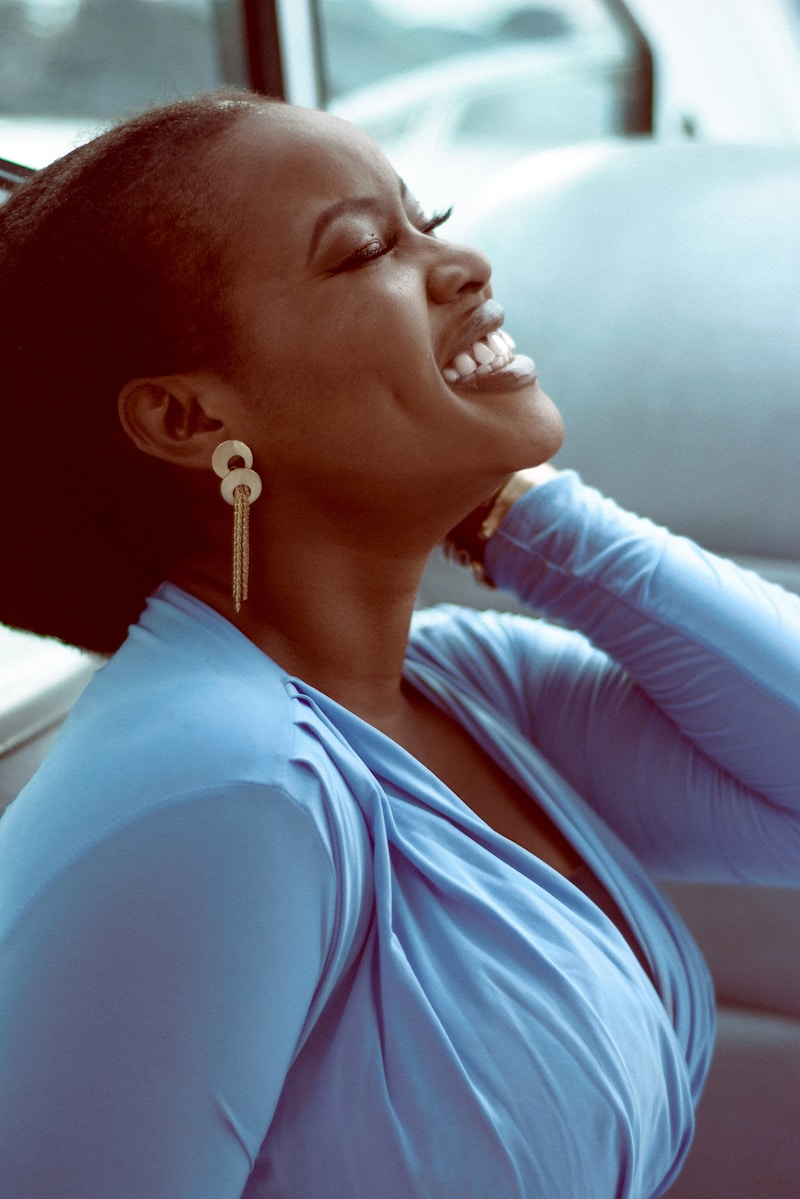Using Color to Set a Vibe: The Impact of Color Psychology on Atmosphere
Understanding the Power of Color
Colors have an undeniable influence on our emotions and perceptions. The choices we make regarding color can set the tone for spaces we inhabit, the products we develop, and even the messages we convey. Whether for marketing, interior design, or personal expression, understanding how to use color to set a vibe is crucial.
The Basics of Color Psychology
Color psychology is a field of study that examines how colors affect human behavior and emotions. Different colors can evoke different feelings and atmospheres. For instance:
| Color | Emotion/Feeling | Common Uses |
| Red | Energy, Passion, Urgency | Sales promotions, dining areas |
| Blue | Calm, Trust, Productivity | Offices, healthcare settings |
| Yellow | Happiness, Warmth, Attention | Childcare, kitchens |
| Green | Balance, Growth, Freshness | Wellness, nature-oriented spaces |
| Purple | Luxury, Creativity, Mystery | High-end brands, art studios |
How Color Can Transform a Space
When designing a room or even a product, color plays a vital role. The right shade can make a small area appear larger or create an inviting and cozy atmosphere. Here are some tips on how to effectively use color to set a vibe in different spaces:
1. Living Room
The living room is a place for relaxation and socializing. To create a welcoming vibe, opt for warm, soft colors like beige, soft blues, or gentle greens. Adding accent pillows or throws in brighter colors can add pops of excitement without overwhelming the senses.
2. Bedroom
For bedrooms, consider shades that promote restfulness. Soft blues and grays can contribute to a tranquil environment, while deep purples may add a touch of sophistication. Avoid overly bright colors that may disrupt sleep.
3. Office
An office should be conducive to focus and productivity. Blues are often favored in workspaces as they encourage calm and concentration. Adding hints of yellow can spark creativity without being too distracting.
4. Outdoor Spaces
When setting the vibe outdoors, consider incorporating greens to blend with nature, while using brighter colors for garden features or patio furniture to create a lively atmosphere.

Color Trends: What's In and What's Out
The trends in color change, often influenced by cultural shifts, design movements, and societal moods. In recent years, earth tones have gained popularity, aligning with a collective desire for sustainability and connection to nature. Shades like terracotta, sage green, and muted yellows have become staples in home decor.
Popular Colors in 2023
This year, jewel tones, such as emerald green and sapphire blue, are making a remarkable comeback in fashion and interior design. They are often associated with luxury and elegance, helping to set a sophisticated vibe in any environment.
Color Combinations
Choosing the right color palette is essential for achieving harmony in design. Here are some effective color combinations that can help set the desired vibe:
- Blue and Yellow: A fresh and inspiring combination ideal for creative spaces.
- Gray and White: A classic and modern duo that promotes simplicity and elegance.
- Green and Brown: Perfect for environments that seek a calm, nature-inspired atmosphere.
Emotional Responses to Color
Research has shown that people often have strong emotional reactions to color. Factors such as personal experiences, cultural backgrounds, and even biological responses can affect how color is perceived. Here’s how some individuals might react:
Red
While red is often associated with passion, it can also symbolize danger. Some people may find red invigorating, while others may feel anxious when surrounded by it.
Blue
Blue evokes tranquility and peace, but too much blue can lead to feelings of sadness in some. Finding the right balance is key when using this color.
Yellow
Bright and cheerful, yellow can invigorate space, but it may overwhelm if overused, causing anxiety for some individuals.
Practical Tips for Using Color to Set a Vibe
To effectively use color in your environment, consider these practical tips:
- Assess the Purpose: Determine what kind of vibe you want in the space.
- Use Color Swatches: Test colors on walls or products to see how they look in different lighting.
- Combine Textures: Use different textures to enhance the impact of the color.
- Be Mindful of Lighting: Natural and artificial light can drastically change how colors appear.
Conclusion: The Significance of Color Choice
In conclusion, using color to set a vibe is not just an aesthetic choice; it has significant psychological implications that can influence emotions, behaviors, and even productivity. By understanding color psychology and employing it wisely, one can create environments that not only look good but also feel right. When choosing colors, remember to consider the purpose of the space, the desired emotional response, and the cultural significance of each shade. Embrace the power of color and watch how it transforms your surroundings into a true reflection of your personal or brand identity.
Finally, remember to assess the vibe you want to create regularly, as color trends evolve. Staying informed about current color influences can also aid in maintaining a fresh and appealing atmosphere in your spaces.